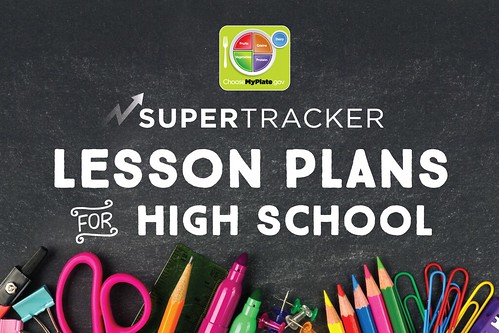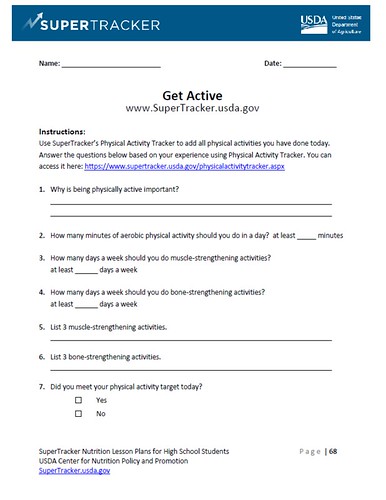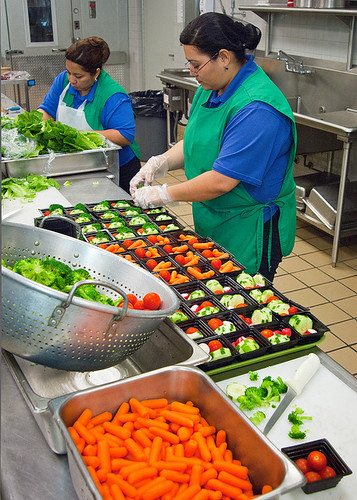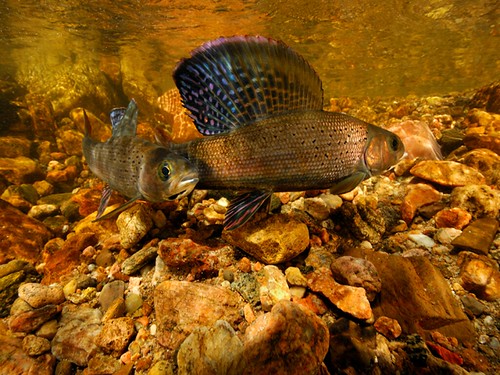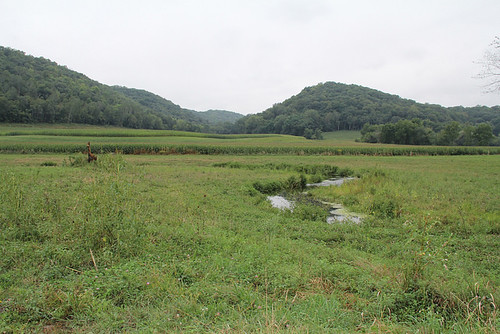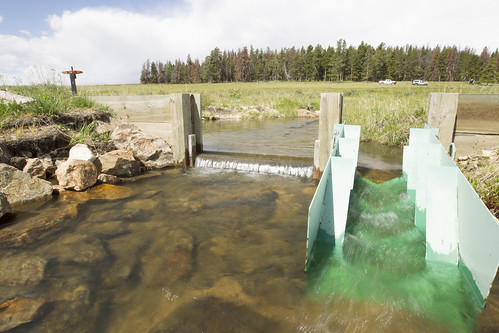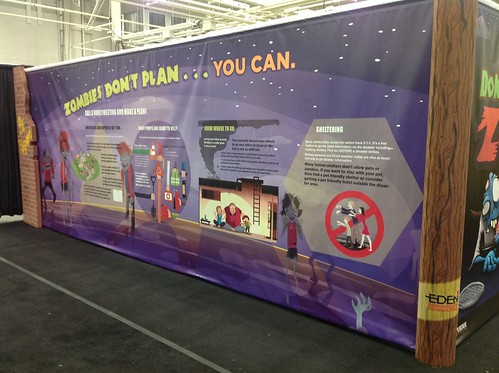
Venise LeGrande, a Greenbrier County resident, awaits processing of her D-SNAP application.
It was late July in Greenbrier County, W.Va., almost one month to the day since torrential rain and flooding struck most of the state. In response to the disaster, the U.S. Department of Agriculture Food and Nutrition Service approved the West Virginia Department of Health and Human Resources (DHHR) request to operate a Disaster Supplemental Nutrition Assistance Program (D-SNAP) in several of the most severely impacted counties, including Greenbrier. At several of the D-SNAP application sites throughout the state, dozens of DHHR staff prepared for what they anticipated to be a busy week of conducting interviews, determining eligibility, and issuing D-SNAP benefits to residents who lost food, income and property due to the flooding.
Venise LeGrande is a resident of White Sulphur Springs, one of hardest hit towns in Greenbrier County. LeGrande recalls what it was like when the rain began the morning of June 23, 2016, when, what everyone thought was just another rainstorm turned into a deluge that didn’t stop for almost the entire day. “We have little creeks, enough just for you to put your feet in, [they] opened up like the Red Sea,” said LeGrande. By the end of the day, up to 10 inches of rainfall accumulated in Greenbrier County and the majority of West Virginia, which classified it as a 1,000 year incident. The rainfall was followed by severe flooding which swept away homes and uprooted entire roads. “The ground itself has been like someone just sliced it like a piece of pizza and put it to the side,” said LeGrande, who considers herself lucky that all she lost was electricity for several days and the food in her refrigerator. She had family members who weren’t so fortunate, like a cousin who had waist deep water in his house.
D-SNAP provides benefits to eligible households who do not qualify for regular SNAP benefits, but who experience disaster-related expenses, such as loss of income or property, so they are better able to get food following a disaster. Along with other federal programs, D-SNAP has assisted thousands of households in the past year, following other historic flooding incidents, such as in Louisiana and South Carolina. Yet, operation of the D-SNAP would not be possible without the hundreds, sometimes thousands, of state agency personnel who are mobilized to ensure all affected communities are properly served. Many of these personnel are part of the impacted community and disaster survivors, themselves. Helping neighbors get the assistance they need comes naturally.
Penny Dillon-Avila is one of several DHHR employees who volunteered to travel three and a half hours from her home to assist in the Greenbrier County D-SNAP. For her, the recent flooding had personal significance. “When I was a little girl, back in 1977, we lost our home; we lost everything [to flooding],” said Dillon-Avila. “It was devastating…there were about 15 of us living in my grandmother’s home for several weeks.” She admitted it was difficult choosing to spend time away from her family, which includes a son just beginning college at West Virginia University, and another son in the military who only had a few weeks of leave left before being redeployed. But she felt the mission of the D-SNAP was important. “They miss me being home; I miss being at home with them, but at the end of the day, I have a home to go back to.”
Debbie Neal is another DHHR employee from Raleigh County, who didn’t hesitate to sign up as a worker for the Greenbrier County D-SNAP. “They asked for volunteers and I knew immediately that I wanted to. I just like helping people.” Reflecting on the households who shared stories of loss and grief with her, she believes D-SNAP has been important to the recovering community. “I think that gives you hope. Even for the clients to know that there’s that many people reaching out, that gives them hope.”
Because D-SNAP serves households that might not normally need nutrition assistance, some households were hesitant about applying for assistance. “For some people it’s hard to come in and ask for that help,” said Michael Tetreault, a DHHR employee and Greenbrier County resident. “So we try to reassure people: It doesn’t matter whether you want to or don’t want to, we’re here for you. The program is here for you.”
While the impact of the June flooding is still fresh in people’s minds and recovery efforts will continue for months, D-SNAP and the efforts of West Virginia DHHR provide crucial nutrition assistance to affected households as they continue to rebuild and recover. DHHR staff believe that, with help such as D-SNAP, the resiliency of the community will win out over the grief and loss. “This is West Virginia,” said Dillon-Avila. “[They’ll] bounce back from it, because people pull together.”
Because September is National Preparedness Month and after working with our partners on these disasters, it is a good time to think about emergency planning. Don’t Wait. Communicate. Make an Emergency Communication Plan for you and your family because you just don’t know when disasters will impact your community.



